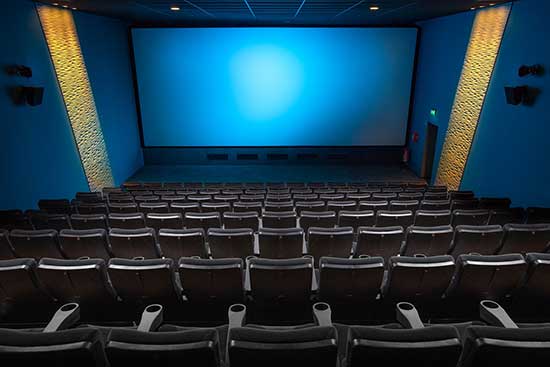Embarking on an exploration of horror cinema is like navigating through a dark, twisted forest of human emotions and timeless stories. This journey is more than a series of spine-tingling moments, it’s a deep dive into a richly layered world that resonates with our most primal fears. Let’s journey through the shadowy corridors of this genre to uncover what makes it such a perennial favorite among audiences.
Ancient Echoes in Modern Frights: Horror’s Timeless Inspirations
At the core of horror cinema lies a tapestry woven from the threads of ancient folklore and myth. These stories, rich with spectral entities and dark forces, have been handed down through time, highlighting our perpetual fascination with the supernatural. Films like “The Exorcist” tap into these universal fears, such as the terror of demonic possession, deeply rooted in various global traditions and beliefs.
Horror filmmakers often reflect the zeitgeist, infusing their narratives with contemporary societal fears. For instance, George A. Romero’s “Night of the Living Dead” transcends its zombie horror facade to comment on the political and social turbulence of its era. This interplay between real-world tensions and fantastical horror elements lends these stories a potent, unsettling relevance.
Weaving Nightmares: Horror’s Rich Thematic Tapestry
Horror is a genre not just of terror but of profound thematic exploration. It frequently deals with the idea of ‘the other’, beings that are completely unfamiliar and therefore scary. Movies like “Alien” and “The Thing” brilliantly exploit this fear, focusing on the dread of an external, unknown menace.
Psychological horror delves even deeper, exploring the murky depths of the human mind. Films such as “The Shining” and “Black Swan” use horror as a vehicle to explore themes of mental disintegration, obsession, and reality distortion. These films offer more than scares, they invite viewers to contemplate the complexities of human consciousness and perception.
The Changing Face of Horror: Adapting Across Eras
The evolution of the horror genre is a tale of adaptation and transformation. Classic horror, known for its atmospheric build-up and focus on the supernatural, contrasts with the genre-blending tendencies of modern horror. Films like “Get Out” mix horror with social critique, and “The Cabin in the Woods” incorporates satirical elements, demonstrating the genre’s ability to evolve and stay relevant by mirroring contemporary fears.
Beyond the Movie Screen: The Far-Reaching Influence of Horror
Horror’s influence extends well beyond cinema, permeating various aspects of culture. From Halloween-themed costumes to the eerie excitement of horror slots in video games, the genre’s impact is widespread. This cultural integration underscores horror’s multifaceted nature, providing entertainment and a means to explore and express collective fears.
Horror films often provoke discussions on deeper philosophical and ethical issues, compelling viewers to engage with questions about the nature of existence and morality. This introspective quality elevates horror from mere entertainment to a medium for reflection, offering insights into the darker aspects of life and the human psyche.
 Horror News | HNN Official Site | Horror Movies,Trailers, Reviews
Horror News | HNN Official Site | Horror Movies,Trailers, Reviews






